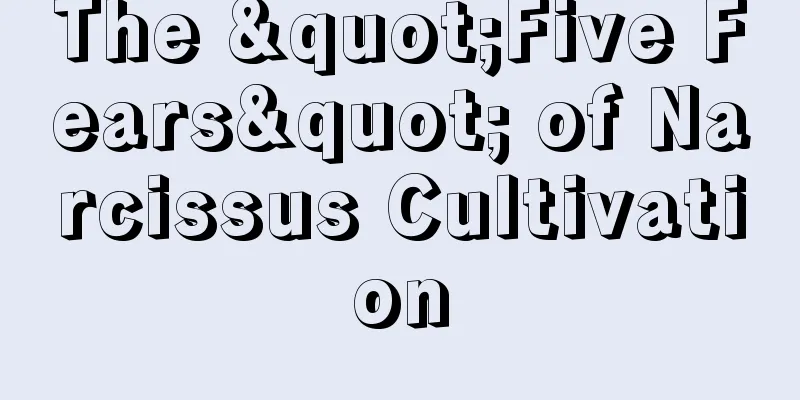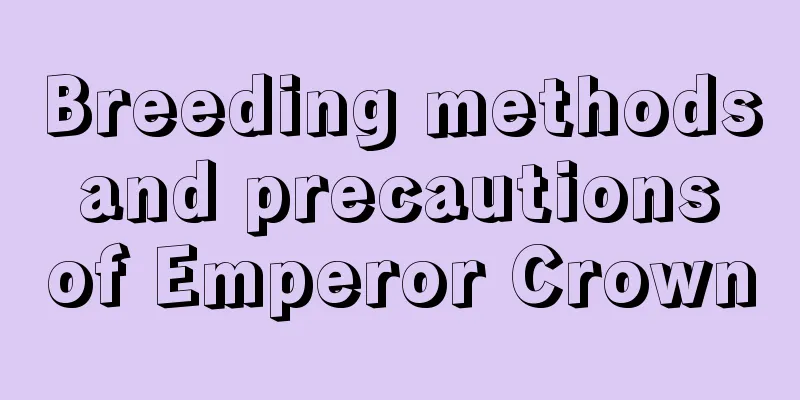How to plant Calceolaria seeds

Preparation before sowing calendula seedsThe substrate should be a mixture of leaf mold and fine sand in a ratio of about 4:1. After passing it through a fine sieve, place it in a shallow sowing box. First put charcoal slag or coarse sand at the bottom of the box, about 2 cm thick, then put coarse slag about 2 cm thick, and finally cover the top with fine soil, about 2-3 cm thick. After leveling, the soil should be disinfected by pouring 800 times of 50% phoxim emulsifiable concentrate mixed with 1000 times of 50% carbendazim wettable powder into the soil. Or you can stir-fry the culture soil, coarse sand, etc. separately for disinfection. How to sow the seeds of CalceolariaAfter disinfection, rinse off the residual medicine with clean water and pour in 0.1% potassium dihydrogen phosphate solution. Sowing is generally done by broadcasting. Since the seeds of Calceolaria are very small, they should not be sown too densely, otherwise it will be detrimental to seedling growth. Mix the seeds with a small amount of fine soil or fine sand and spread them evenly into the seed box. Be careful not to cover the seeds too thickly, but it is also okay not to cover them with soil. After sowing, cover with glass or a layer of film to keep moisture, and place the sowing box in a well-ventilated shade shed. When the seedlings grow 2-3 leaves, they can be transplanted and placed in a shaded place to slow down the growth. They will begin to grow normally in about a week. Precautions after sowing calendulaVentilation and shading should be provided during the growing period. In winter, you should also pay attention to avoid sunburn. You can spray a small amount of water on the leaves every day. Generally, decomposed fertilizer can be applied 1-2 times a week before flowering and during the growing period. When flower buds are forming, apply more phosphorus fertilizer. If leaves shrink or stems become elongated, stop fertilizing immediately. When the leaves turn yellow, potassium dihydrogen phosphate can be applied. Be careful not to spill liquid fertilizer on the leaf surface to avoid burning the tender leaves. During the flowering period, water needs to be strictly controlled and the soil in the pot should not be too wet. When the flower stems are pulled out, they are often vulnerable to aphids. At this time, you can spray 40% 1500 times dimethoate emulsion for prevention and control. |
<<: How to fertilize aloe vera
>>: Flowering Period and Regulation of Begonia sempervivum
Recommend
Green olive cultivation methods and precautions
1. Maintenance methods 1. Temperature: To make it...
What kind of fertilizer is good for Chlorophytum comosum base fertilizer (base fertilizer application method)
Chlorophytum base fertilizer selection Generally ...
What are the precious flowers?
1. What are the precious flowers? There are many ...
Cranberry Growth Environmental Conditions and Characteristics
Cranberry Growth Environmental Conditions and Req...
What flowers are suitable for growing in Xinxiang, and what are the city flowers and trees?
1. Climate characteristics of Xinxiang Xinxiang h...
Which month is best for taking cuttings of geraniums?
Geranium is recognized as a flowering machine. It...
How to reproduce Qingdao lily
1. Seed propagation Non-artificially cultivated Q...
What is the best month to plant cauliflower?
When to plant cauliflower Cauliflower, also known...
What are the cultivation methods and precautions of apple taro
Apple arrowroot cultivation method Apple arrowroo...
Cultivation methods and precautions of small lilies
The lily of the valley is relatively easy to grow...
These 9 kinds of flowers are living vacuum cleaners that absorb oil fumes and remove formaldehyde. You must keep one in every room!
asparagus Function: It can not only purify the ai...
How to grow orchid roots so that they can sprout again, and how to plant them after they have sprouted
1. How to grow orchid roots so they can sprout ag...
The difference between lily and scented lily
1. Different varieties There are many types of li...
Method of sowing seeds of Fragrant wood
Time to sow seeds of fragrant wood The seeds of t...
How to water camellia to grow well?
There are many people who grow camellia in life, ...









